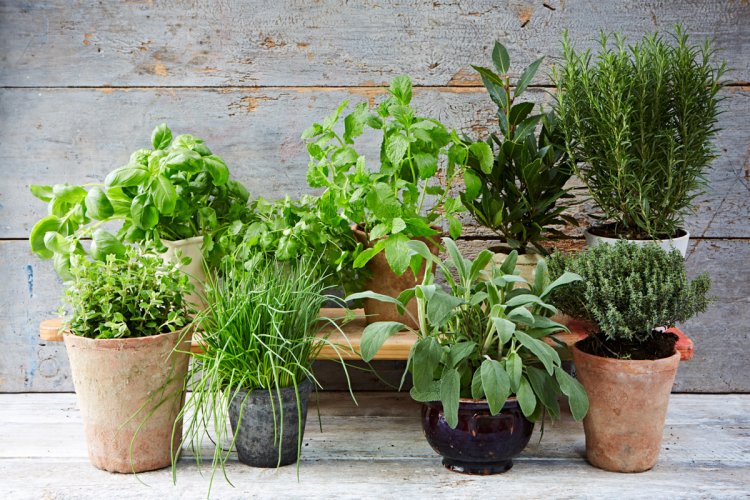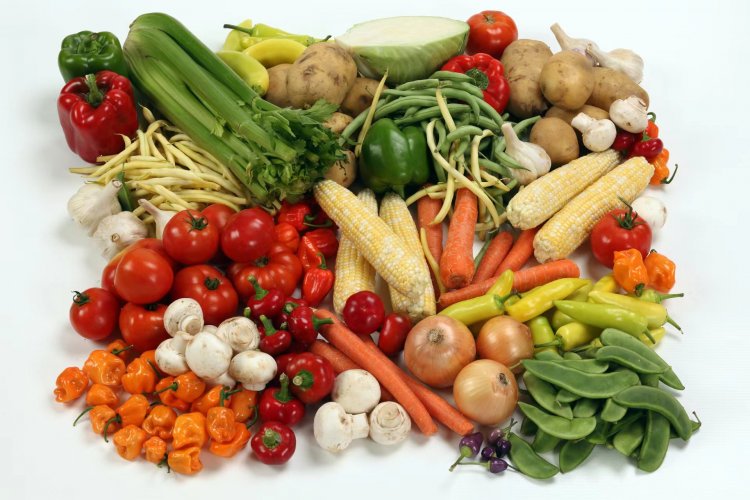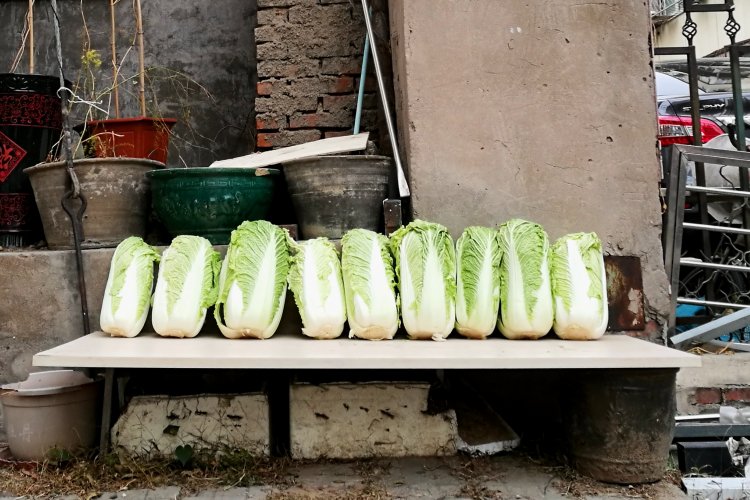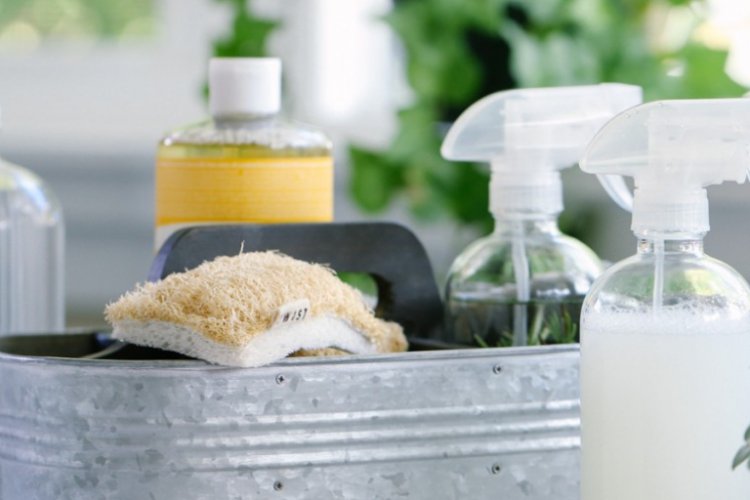Carrot tops! Used to do that as a kid many years ago. Avocados, garlic and sweet potatoes were unknown to me. We were served boiled cabbage for school dinner, that was enough to put me off growing it.
Just Add Water, Beijing: How to Regrow Vegetables Simply From Scraps in Your Kitchen
It all began with a photo of thriving garlic sprouts that my colleague had grown on her window sill from store-bought garlic cloves. She, in turn, had been inspired to try the experiment by her ayi. This one photo led to a cascade of others – a weird collection of plants that had been regrown from veggies, fruit seeds, and fruit greens over the years, such as a pineapple top, sweet potato, and one very special avocado seed that came to be called Cornelius Sprout.

Although none of us brown thumbs had ever gotten very far with other home and office gardening projects, we all found that growing a plant from seed (or root) to be fun, simple, and best of all, almost indestructible. All you'll need is a suitable container, some water, and some patience. At the very least, these plants make for delightful decorations or even toppings for salads.
Springtime also makes for the perfect time to introduce a bit of greenery into your life, and gardening (even at this level) is proven to reduce anxiety, stress, and promote mindfulness.
Without further ado, it's time to turn your store-bought cut-offs and scraps into thriving plants that can be regrown in water, even in an (occasionally sun-starved) Beijing apartment.
Cabbage

Among the endless supplies of veggies in the market, leafy greens such as cabbage, spinach, water spinach, bok choy, and lettuce are probably the easiest to regrow in water. Here, we'll use cabbage as an example.
First, take a healthy cabbage, and cut off the base. Fill a shallow bowl with cool water and then simply place the cabbage base into the water, ensuring that it is not fully submerged. Place the container on a window sill, and change the water every two or three days. Wait for the vegetable to sprout.
Carrot
People usually just throw away carrot tops but why not recycle them to grow some carrot leaves? They make for a great addition to salads and soups for their flavor and a splash of color.
When preparing fresh carrots, save the cut-off heads and put them into a shallow bowl of water, stalk facing upwards, so they are half submerged. Place the bowl somewhere with lots of light. The green carrot tops will sprout in about two weeks.
Celery

The same as the carrot ends, instead of discarding the base of the celery bunch, stand it upright in a small bowl of water, again making sure it is not submerged. The central part of the base will start growing new leaves after about a week. You can click here for more photos of what it should look like.
Garlic

Anybody who has found a forgotten garlic clove in the back of their fridge only to see that it's started to grow legs will be unsurprised to learn that garlic involves very little maintenance to regrow. All they need is plenty of light and fresh water. Take healthy garlic cloves and place them in a container with a little water. It's best to use a glass container so that you can see the level of the water to ensure they won’t dry out or begin to rot. The garlic cloves will begin to push out bright green stalks after a few days. These can be used to garnish dishes.
Leeks
Like garlic, leeks regrow from sprouts, and are more suited to be placed in tall, skinny containers. Cut the base of leek off and make sure the roots are intact. Keep the roots in a container with water, and new growth will emerge from the center after several days.
Sweet potatoes

You might want to save this one for summer since sweet potatoes (and yams) prefer to grow in the warmer weather. Take a few healthy sweet potatoes and place them in a container that is half filled with water. Change the water regularly and place the container in half-shade. Wait until the roots begin to sprout, and thicken.
General tips
- Always put vegetables in sunny spots to make sure they get enough light.
- Use clean water (the water you used to wash the vegetables is also fine), and be sure to check the water every two or three days to make sure the plants are well watered.
- The size of the container should be relative to the size of the vegetable you’re growing. Move the plants into bigger containers or separate them when they get too big, so as to give them enough space to spread out.
Taking the next step
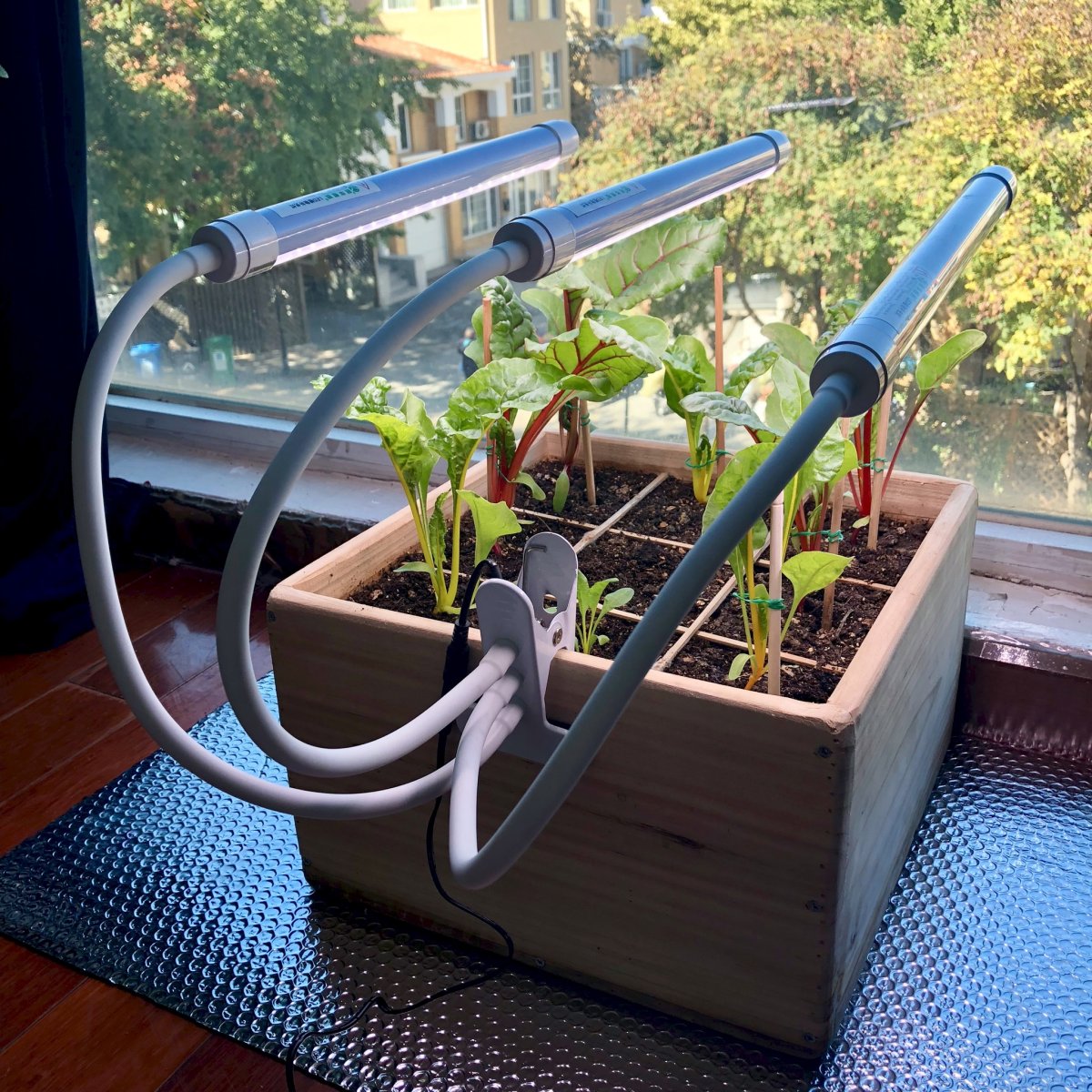
The instructions we have provided are very much designed to help you start a fun side project. The fact is that plants can grow in water, but only for a little while given that it doesn't contain enough nutrients for long-term growth. So, if you’re expecting a proper harvest, you'll need to plant your green babies in soil once the roots have formed.
READ: TaoBrowser: Put a Little Spring In Your Balcony's Step
More stories by this author here.
Email: kuang@thebeijinger.com
Instagram:beijinglights_
Photos: Tautvile Daugelaite, Anna Pellegrin Hartley, Daniel Lim, 17apart.com, Pixabay, Home Joys



